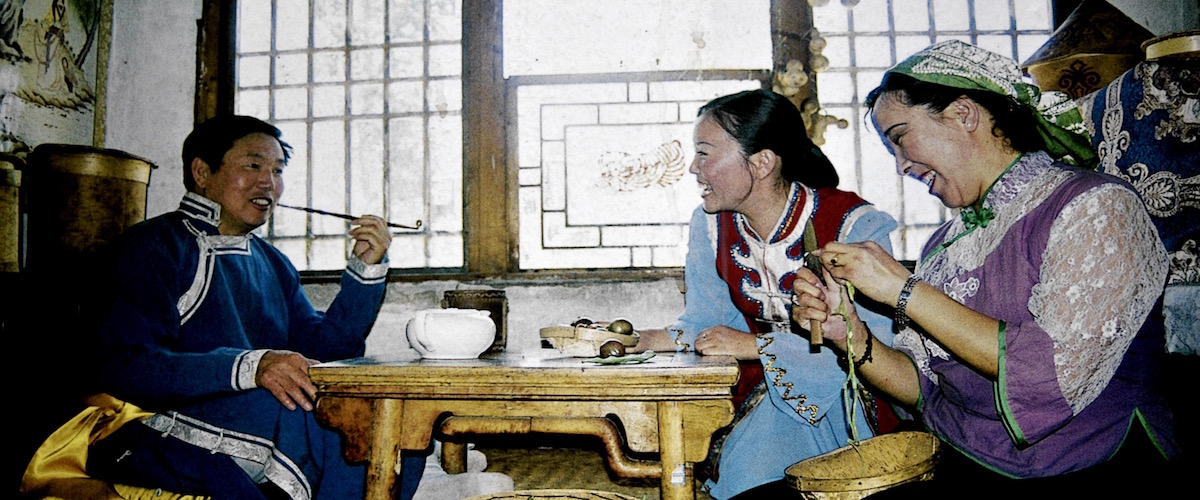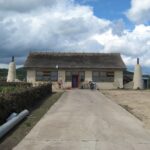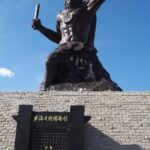Daur

The Daur are concentrated on both sides of the Nenjiang River in Inner Mongolia, as well as in several counties in the western part of Heilongjiang Province. In the past they were a larger and more influential group than today. Daur claim to be the remnants of the Liao Dynasty from over 1000 years ago. Their numbers have dwindled this century as a result of war, disease, and assimilation to Mongolian or Chinese culture and language.
Daur society is divided into a hierarchical structure. Each group of people with the same family name (hala) lives in the same group of three or four villages. Each hala is then comprised of several clans (mokon) who live in the same village. On his wedding day, a Daur bridegroom must fetch his bride at sunrise and make a present of wine, meat, and pastry to everyone he meets on the way. After the ceremony the Daur enjoy an afternoon of horse races.
For centuries each Daur clan depended upon the advice of shamans. No wedding, burial, long journey, or any other important event was attempted without first consulting the shaman. He, in turn, contacted the spirit realm and announced (for a fee) whether an event should take place or not.
Until recently the Daur in China were a completely unreached people with no knowledge of the gospel. In the early 1990’s the Daur were shown the Jesus film in Mandarin. In a short time, more than 500 became Christians. The Jesus film is now available in the Daur language. The Daur church has faced persecution, but has stood firm in their faith. The Daur Christians are actively involved in evangelism and have a deep burden to see their whole ethnic group come to Christ.


